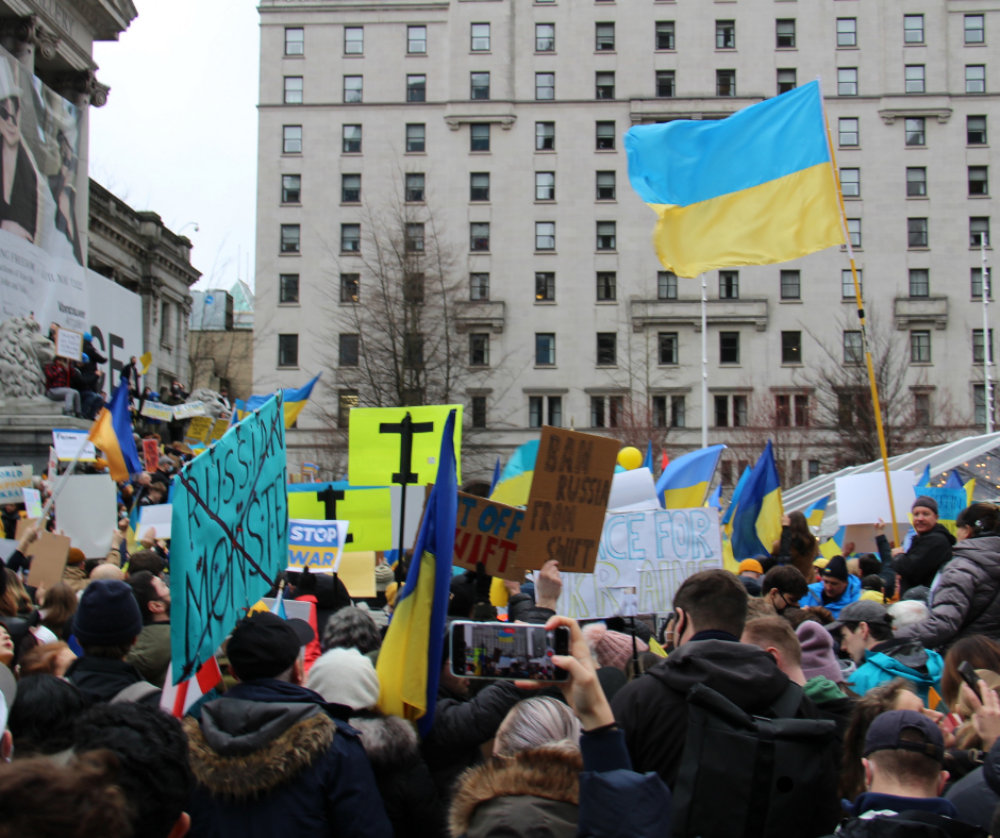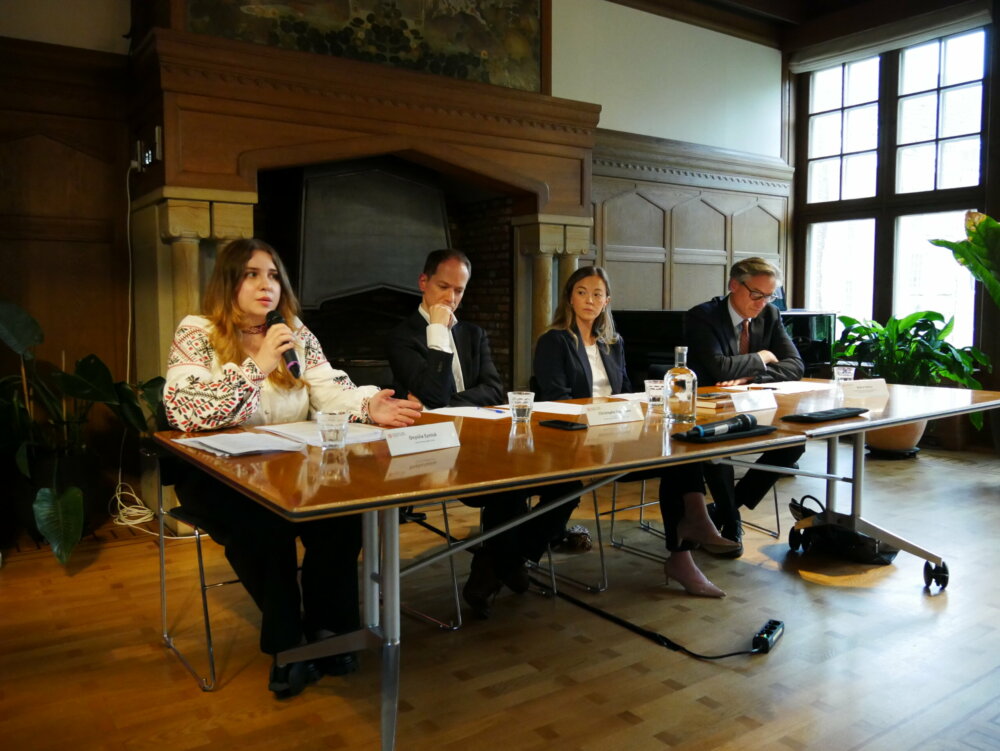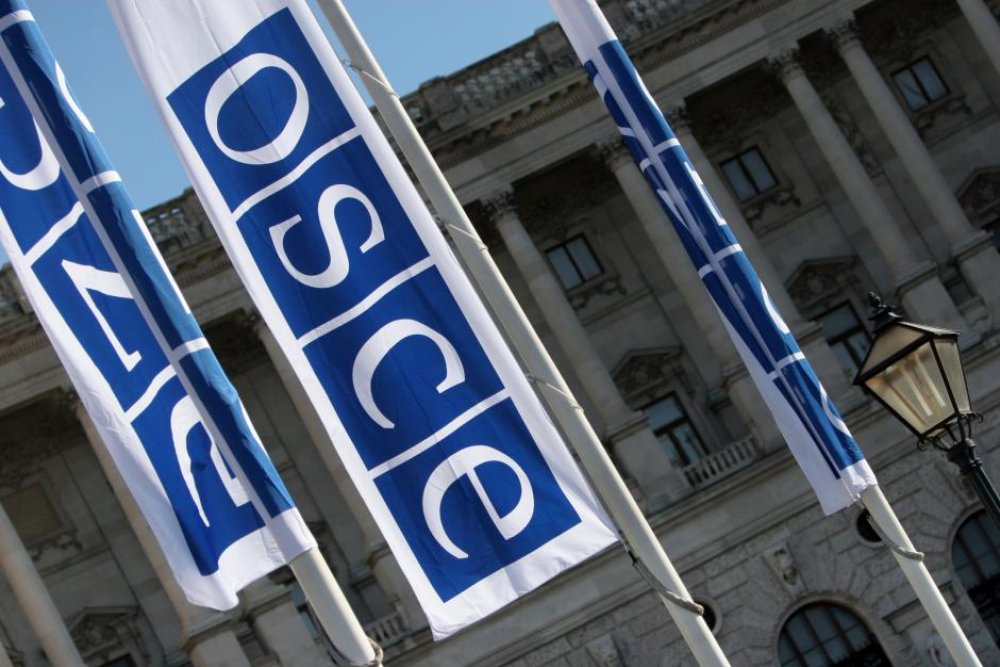The upcoming OSCE Ministerial Council meeting in Kiev: A chance to create a united security community?
This year’s OSCE Ministerial Council (MC) meeting is scheduled to take place in Kiev, Ukraine, on 5 and 6 December. As with every year, there are a number of draft MC decisions in all three security dimensions on the table that are currently being negotiated in the respective committees in Vienna. And as with every year, many of them will be debated until the last minute, making it difficult to anticipate exact results at this stage. However, a number of cautious predictions can be made, although this year external political events might have an impact on the MC meeting as well.
One key external event is the EU Eastern Partnership Summit, which will be held in Vilnius, Lithuania, on 28 and 29 November, just one week prior to the OSCE MC meeting in Kiev. At that Summit, the EU had hoped to sign an Association Agreement as well as a free trade agreement with Ukraine – a move that would have represented an irreversible first step towards Ukraine’s integration with the West. However, after weeks of intense diplomatic negotiations between Kiev and Brussels and several interventions by Moscow – including bans on Ukrainian exports and intensified customs controls – Ukraine decided to put on ice talks with the EU. More precisely, on 21 November, the Ukrainian government adopted a resolution on the suspension of talks with the EU and instead ordered to resume “an active dialogue”[1] with the Moscow-led customs union, consisting of Russia, Belarus and Kazakhstan. Thus, it seems that for now Moscow has won the geopolitical contest that has been raging between the EU and Russia since 2010. The EU showed disappointment at this last-minute turn by Ukraine. In an unusually blunt joint statement, José Manuel Barroso and Herman Van Rompuy stressed that they “strongly disapprove of the Russian position and actions in this respect.”[2] Moscow in turn issued statements accusing the EU of blackmailing and putting pressure on Ukraine.[3]
This battle over Ukraine – the country currently holding the OSCE Chairmanship – could either further intensify the already tense relations between OSCE states “East and West of Vienna.” Or participating States could grasp the opportunity to integrate both sides and work towards the establishment of the “vision of a free, democratic, common and indivisible Euro-Atlantic and Eurasian security community,”[4] as agreed upon at the 2010 OSCE Astana Summit. Against this backdrop, a preliminary analysis of draft decisions in the three security dimensions can be made.
Within the human dimension, the Ukrainian Chair has tabled drafts on, inter alia, the protection of journalists in the OSCE area, strengthening the freedom of movement and human contacts in the OSCE area, on freedom of thought, conscience, religion or belief and on enhancing OSCE efforts to implement the Action Plan on Roma and Sinti. The draft on the protection of journalists seems to be a renewed effort by the Chair to promote the topic of media freedom after last year’s draft MC decision on that topic failed to reach the necessary consensus.
Further draft decisions under discussion are on improving the environmental footprint of energy-related activities in the OSCE region, on issues relevant to the Forum for Security Cooperation, on small arms and light weapons and stockpiles of conventional ammunition, and on OSCE principles governing non-proliferation. The adoption of decisions in the politico-military dimension is important, given the unexpected failure of last year’s MC meeting in Dublin to adopt similar decisions. Additional cross-dimensional draft decisions are under negotiation, such as on combating trafficking in human beings and countering transnational threats. They usually have a good chance of reaching consensus. Furthermore, it can be expected that the MC will adopt a declaration on Afghanistan, reaffirming its engagement and calling on Afghanistan to implement ODIHR recommendations regarding previous elections.
In addition, it can be expected that the MC will adopt a draft declaration on furthering the Helsinki+40 process. It seems that this decision will simply contain a reaffirmation to move the process forward but it will still not contain an action plan or any concrete results. That said, it is expected that the Ukrainian, Swiss and Serbian Chairmanships will, together, submit a paper that should provide guidance on how to proceed with the Helsinki+40 process. There are very high expectations on the incoming Swiss and Serbian Chairmanships to achieve tangible results by 2015. This will be the ultimate test for Swiss and Serbian diplomacy and eventually determine the future of this Organization.
Furthermore, as every year, the Chair has tabled a draft political declaration, which unfortunately faces the same contentious issues and stumbling blocks that have been present since the 2002 Porto MC. There is, however, a good chance that at least a declaration on the negotiations on the Transdnienstria Settlement Process in the 5+2 format will be adopted instead.
There are two more draft decisions under negotiation that – if adopted – could provide very good deliverables. At last year’s MC meeting, Mongolia was officially welcomed as the 57th participating State to the OSCE; this year a decision is being negotiated on the possible establishment of a field operation in that country (see previous blog). However, one participating State remains to be convinced of this and has kept its objection to the establishment of a field presence in Mongolia on the table. The second draft concerns the official welcoming of Libya as an OSCE Partner for Cooperation (the country has applied for partnership status in June, see previous blog). Russia is also opposing this decision since the 2 October attack on its embassy in Tripoli.
In conclusion, the OSCE MC meeting in Kiev will give an indication of the atmosphere among participating States, it will be an opportunity to judge the effectiveness of the Ukrainian Chairmanship, and it will bring into sharper focus issues that will have to be tackled by the Swiss and Serbian Chairmanships on the road to a high-level meeting in 2015. It may also give an idea of who future Chairmanships will be. Perhaps most importantly, it will be the first opportunity to gauge the relationship between the Euro-Atlantic and Eurasian halves of the OSCE area after the EU Vilnius Summit. Are they drifting apart, or is there a chance to work together towards a united security community, as agreed at the Astana Summit of 2010?
To visit the website of the upcoming OSCE Ministerial Council meeting in Kiev, click here.
[1] See press release by the Department of Information and Communication of the Secretariat of the Cabinet of Ministers of Ukraine (CMU), 21 November 2013, available at: http://www.kmu.gov.ua/control/en/publish/article?art_id=246866213&cat_id=244314975
[2] See joint statement by the President of the European Commission José Manuel Barroso and the President of the European Council Herman Van Rompuy on Ukraine, MEMO/13/1052, Brussels, 25 November 2013, available at: http://europa.eu/rapid/press-release_MEMO-13-1052_en.htm
[3] See for example “Russia ‘blackmailed Ukraine to ditch EU pact’”, The Guardian, Ian Traynor, 22 November 2013, available at: http://www.theguardian.com/world/2013/nov/22/russia-ukraine-eu-pact-lithuania
[4] See Astana Commemorative Declaration towards a Security Community, SUM.DOC/1/10/Corr.1, 3 December 2010, available at: http://www.osce.org/cio/74985



Comments
* Your email address will not be published